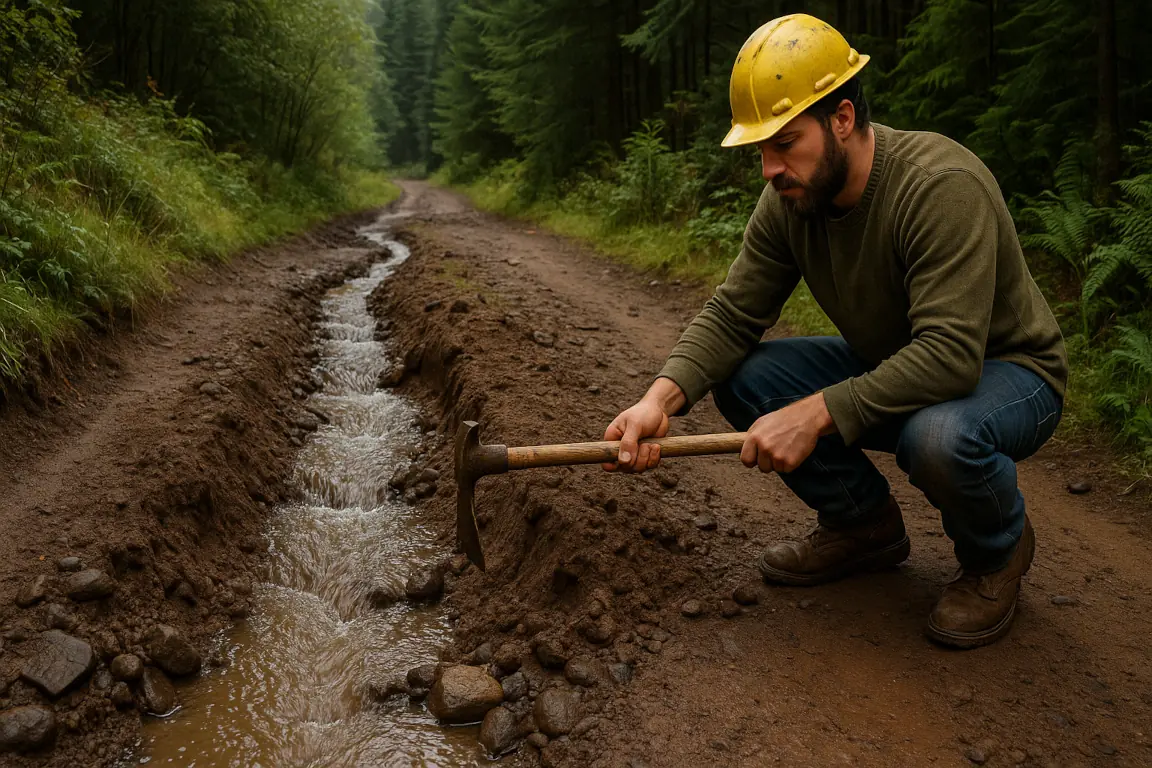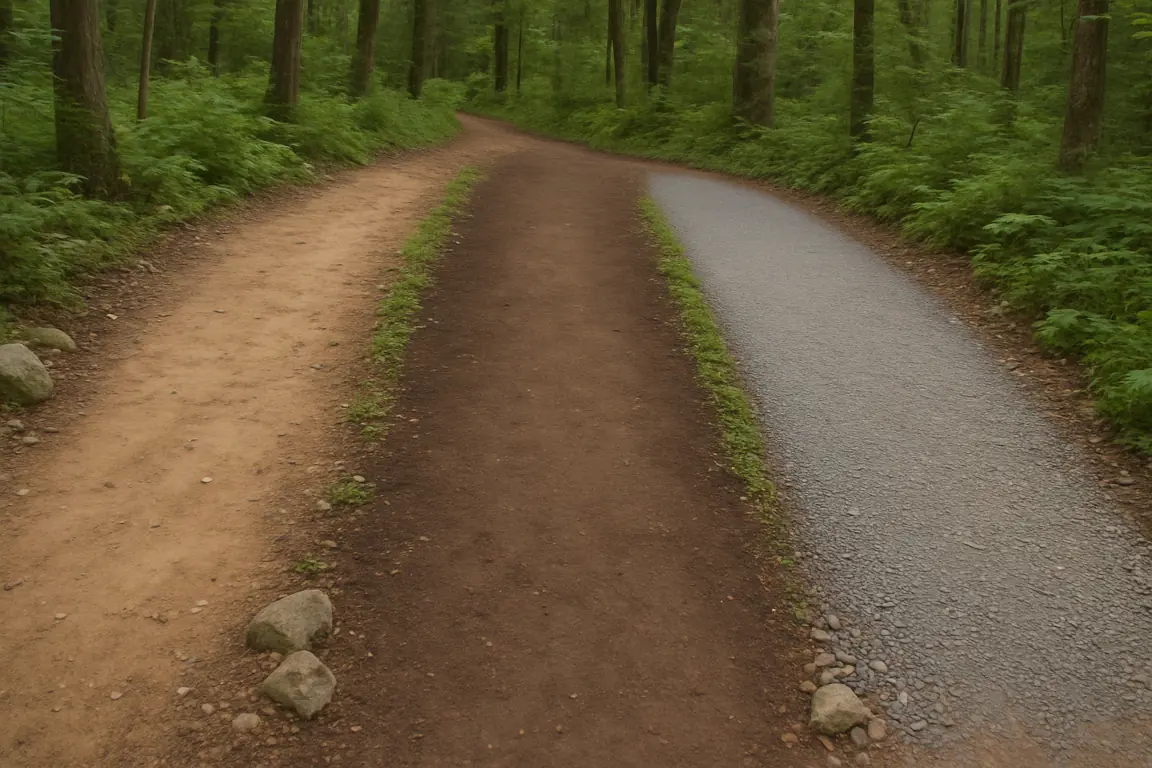Drainage Calculator
Estimate water flow and required drainage features based on slope and rainfall data
Plan effective trail drainage systems with our specialized calculator. Input trail slope, watershed area, soil type, and local rainfall data to determine optimal drainage solutions, including water bars, culverts, and drainage dips.
Results will appear here
Enter trail dimensions and rainfall data to calculate drainage requirements
Note: This calculator is a guideline only. Results may include a margin of error. Always verify in the field.
Step-by-step guide to determining optimal drainage solutions for your mountain bike trail using our specialized calculator.
Drainage Design Principles
The calculator applies key principles of effective trail drainage:
- Water Volume Calculation: Estimates water flow based on watershed area and rainfall intensity
- Soil Infiltration: Accounts for different soil types and their drainage characteristics
- Feature Spacing: Recommends appropriate spacing between drainage features based on trail grade
- Feature Selection: Suggests appropriate drainage solutions based on calculated water flow
Enter Trail Length
Input the length of the trail section you're analyzing (in feet or meters). For best results, analyze sections with consistent slope and soil conditions.
Enter Trail Width
Input the width of the trail tread (in feet or meters). This helps calculate the surface area that will collect rainfall directly.
Enter Trail Slope
Input the slope or grade of the trail as a percentage. Steeper trails require more frequent drainage features.
Enter Rainfall Intensity
Input the maximum rainfall intensity for your area (in inches/hour or mm/hour). This data is typically available from local weather services or NOAA.
Select Soil Type
Choose the predominant soil type in your trail area. Different soils have different infiltration rates and erosion potential.
Review Results
Examine the calculated water flow and recommended drainage features. The calculator will suggest appropriate feature types, spacing, and dimensions based on your inputs.
Results Update Automatically
The calculator will instantly provide results as you change the input values. No need to click a calculate button.
Proper drainage is essential for trail sustainability. Consider these best practices when implementing drainage solutions.
Grade Reversals
Incorporate grade reversals every 20-50 feet on sloped trails. These subtle changes in grade force water off the trail before it gains volume and velocity.
Outslope
Build trails with a 3-5% outslope (tilt) to encourage water to sheet across and off the trail rather than channeling down it.
Knicks and Rolling Grade Dips
Install knicks (shaved down sections of trail) or rolling grade dips to create drainage outlets where water can exit the trail.
Culverts and Bridges
Use culverts or bridges when trails must cross streams or areas with consistent water flow. Size them appropriately for maximum expected flow.
Armoring
Use rock armoring in areas where water must cross the trail or in locations prone to erosion. Properly placed rocks can manage water flow while maintaining tread integrity.
Regular Maintenance
Inspect drainage features regularly, especially after heavy rainfall. Clear debris from drainage outlets and repair any damage promptly.


